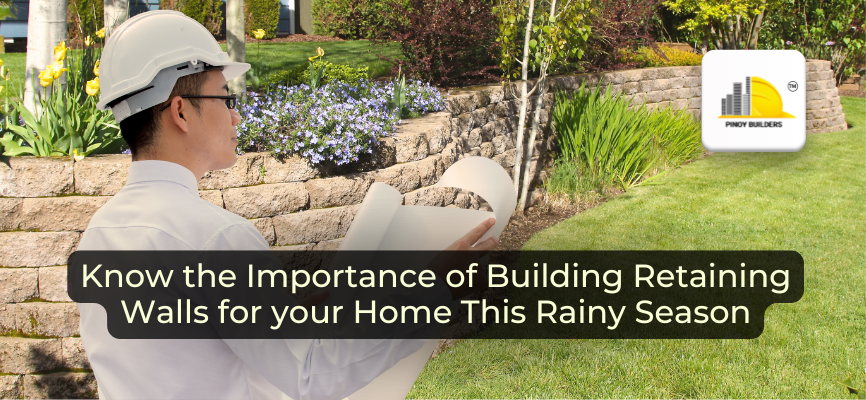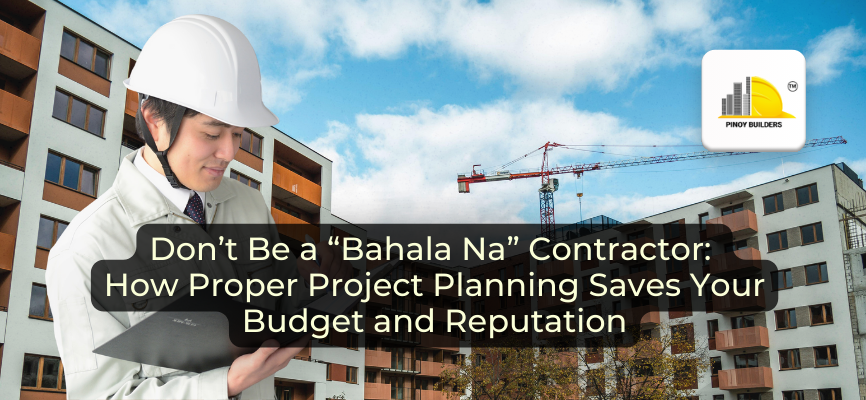A few days into June, PAG-ASA announced that the country had officially entered the rainy season. While many anticipate this as the end of a long and hot summer, some still face serious risk, especially home and building owners whose properties are erected on hillsides or sloped lots. When the downpour starts, the ground softens fast, causing unstructured and unsupported soil to erode and putting the foundation of the structure at risk.
For homeowners building on uneven terrain, one of the smartest ways to prepare is by adding a retaining wall. These structures hold back soil, guide water flow, and keep the ground stable even after days of heavy rain. Properly designed retaining walls prevent soil erosion and protect your home’s foundation from damage caused by shifting earth.
In this article, we’ll break down why retaining walls matter, how they work, and what to consider when building one to keep your home safe this rainy season.
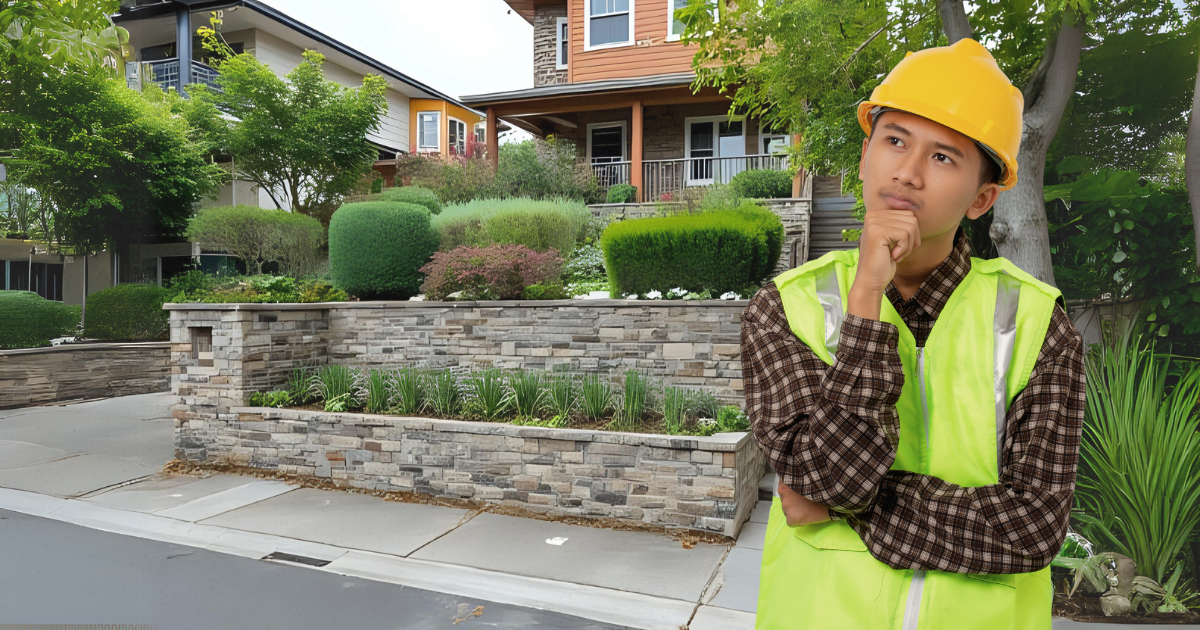
The Risks of Building on Sloping Terrain
Properties built on sloped land face unique structural challenges, which are especially heightened during the rainy season. As water flow increases, the soil absorbs moisture and becomes heavier, which can lead to instability. If a structure does not have adequate support, soil erosion, ground shifting, or even landslides can occur—all of which can compromise a home’s foundation.
Consider a hillside home experiencing several days of continuous rain. As water flows down the slope, the ground gradually weakens. Without protective structures in place, parts of the land can give way, putting the entire property (and potentially its residents) at serious risk. These outcomes are avoidable with careful site evaluation and the right preventative measures in place.
Understanding Retaining Walls
Retaining walls are structural systems built to hold back soil and stabilize land on sloped sites. They are typically vertical or slightly angled and can be constructed using a range of materials, including concrete, stone, or reinforced earth.
These walls are commonly seen in hillside housing developments, along roadways, and in residential lots with uneven topography. Their main function is to keep soil in place and support the land around or beneath structures.
Why Retaining Walls Matter During the Rainy Season
During continuous rainfall, sloped ground becomes especially vulnerable. Retaining walls help address these risks in several ways:
- Prevent soil collapse: They act as a barrier that holds soil in place, reducing the risk of landslides and erosion.
- Control water runoff: Properly built walls help direct excess water away from structures, easing pressure on the slope.
- Support long-term stability: They preserve the natural shape of the land and maintain the structural integrity of homes.
- Reduce repair costs: Retaining walls can be a preventative measure for your home, helping avoid expensive foundation repairs or land rehabilitation during untimely events.
For sloped properties, installing a retaining wall is a practical measure that safeguards both your investment and your safety.
Types of Retaining Walls and Key Considerations
There are several types of retaining walls, each suited for different site conditions and pressure levels. Choosing the right type depends on your property’s slope, soil, and space.
Below are common options to consider, along with key construction factors.
1. Gravity Retaining Walls
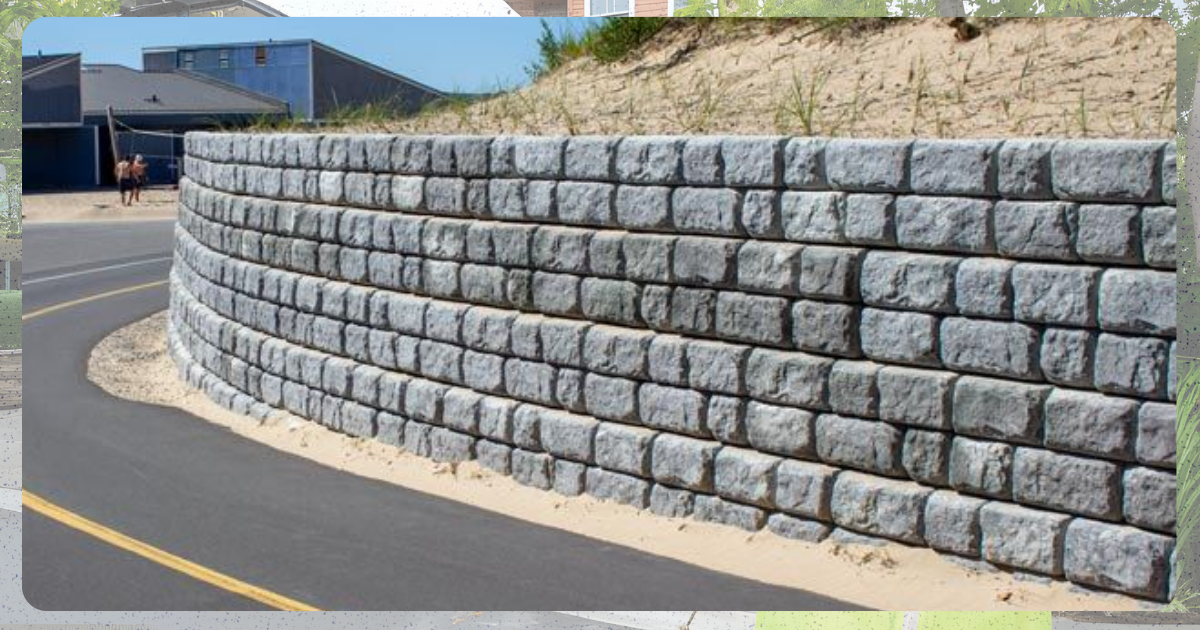
Image from Redi Rock
This type of retaining wall relies on their weight to hold back soil. They are ideal for applications involving lower heights and lighter loads.
2. Cantilever Retaining Walls
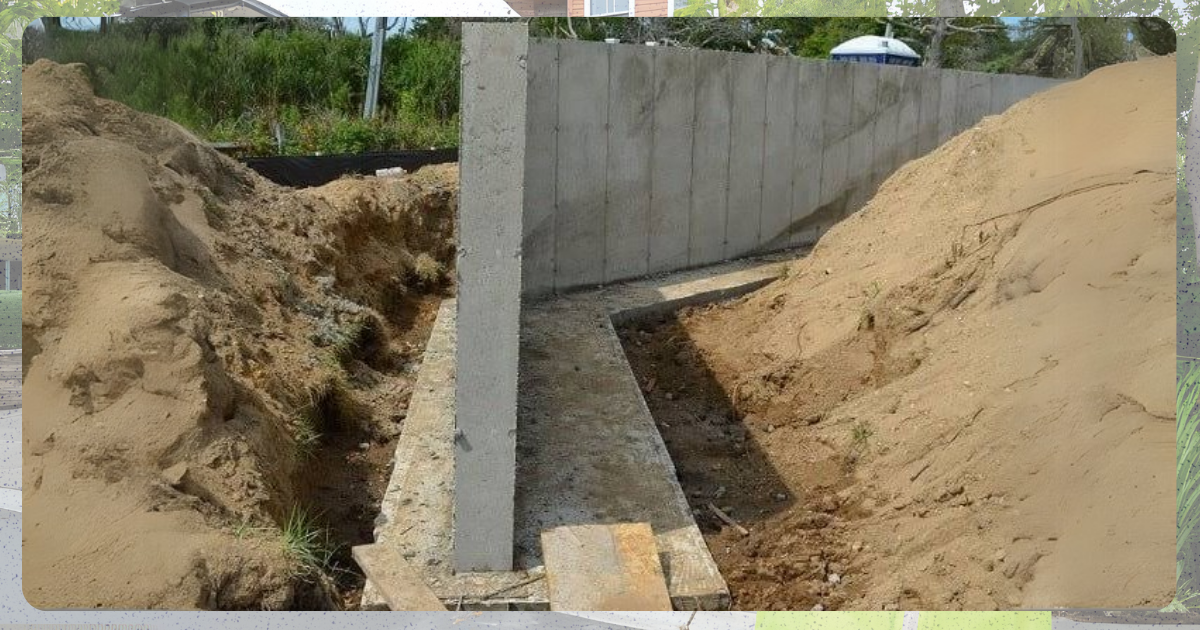
Image from the Structures Centre
Constructed with reinforced concrete, cantilever retaining walls leverage for added strength. Ideal for medium-height walls.
3. Embedded Retaining Walls
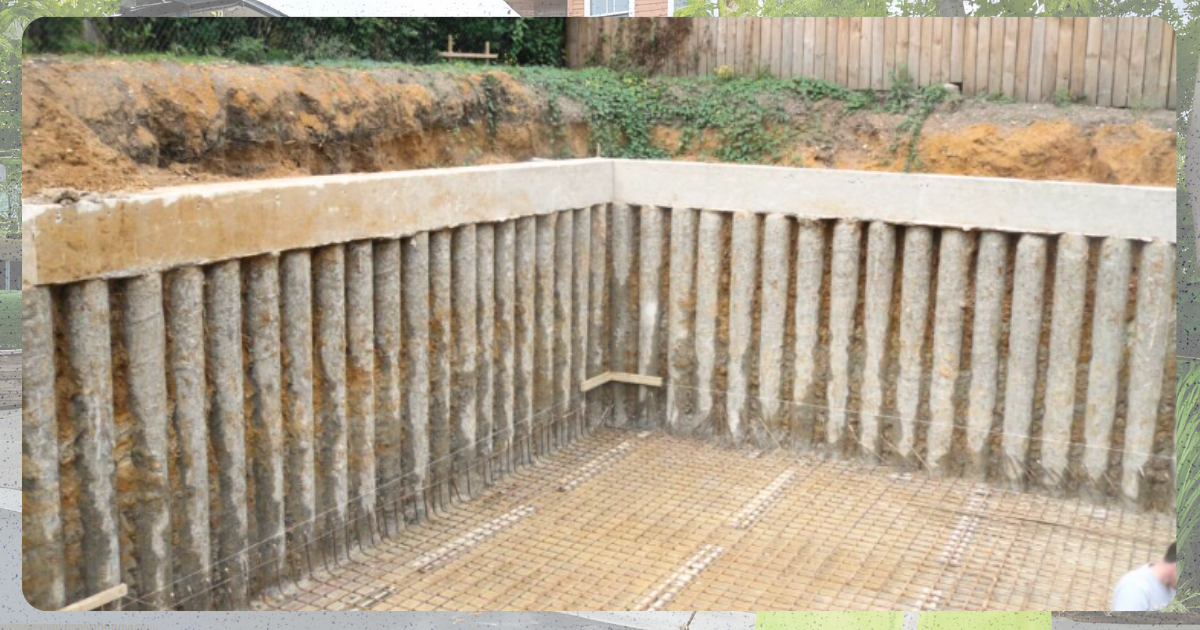
Image from the Structures Centre
Embedded retaining walls are installed deep into the ground. They are frequently utilized in restricted spaces or densely populated urban areas.
4. Reinforced Soil Retaining Walls

Image from EnviroMesh
Combines compacted soil with geosynthetic elements, a reinforced soil retaining wall is flexible and is suitable for varied slope conditions.
Before Building
Before installing a retaining wall, it’s essential to understand the conditions of your site. Consider the following:
- Soil type: Some soils, like clay, retain more water and exert greater pressure on walls. Others, like sandy soil, drain faster but may shift more easily.
- Slope angle: Steeper slopes create more force behind the wall. This affects the design, height, and required support.
- Water flow and drainage: Proper drainage reduces pressure buildup and helps extend the life of the wall. Poor drainage can cause premature failure.
- Site access and space: The available working area may influence the type of wall that can be safely and efficiently built.
Given these factors, professional input is strongly recommended. A structural engineer or licensed contractor can assess the site, recommend suitable materials, and ensure the wall complies with safety standards. This helps avoid future issues and guarantees that the retaining wall performs its function effectively over time.
Build Smarter, Stay Safer
Retaining walls are a practical investment in the safety and stability of hillside homes. As the rainy season begins in the country, securing sloped land should be a top priority. Planning ahead helps protect your property, your family, and your peace of mind.
References
Arceo, A. (2025, June 2). PAGASA declares start of 2025 rainy season. Rappler. Retrieved June 9, 2025, from https://www.rappler.com/philippines/weather/pagasa-rainy-season-2025/
Tensar. (n.d.). Retaining Walls: Types, Designs, and Functions. Tensar. Retrieved June 9, 2025, from https://www.tensar.co.uk/resources/articles/types-of-retaining-wall
10 Things to Know About Building Retaining Walls. (n.d.). GreenBloom Landscaping. https://www.greenbloom.ca/building-retaining-walls/


